
Many researches reported that warming alters soil freeze-thaw ( F-T ) process during winter in cold regions , such as the start and end dates , frequency and intensity .And how these changes will affect the annual ecosystem respiration . ? They found that warming delayed the start and end dates of F-T events during the freezing period , and advanced them during the thawing period .Periods ? ? Figure3 Mean total ecosystem respiration ( Re ) during the thawed period and annually.
 2020-03-17
2020-03-17

Land surface processes and summer cloud-precipitation characteristics in the Tibetan Plateau ( TP ) have significant impacts on downstream weather and climate changes .It was revealed that the eastward propagation of convective systems caused by TP heating had profound impacts on the downstream rainstorms over the Yangtze River Basin . The mechanisms were mainly attributed to the interactions among the TP heating .The third is how to get an accurate latent heat profile of cloud precipitation in the TP from the observed data in order to evaluate the latent heat structure of the model .
 2020-03-10
2020-03-10

Stable or marginal mass loss dominating in Karakoram ( “ Karakoram Anomaly ” ) has been reported widely through remotely sensed glacier surface elevation variation of either points ( satellite laser altimetry ) or surface ( digital elevation models ) .And International Partnership Program of Chinese Academy of Sciences . ? ? Full text of the paper is available online https : / / www . nature . com/articles/s41598-020 - 57660-0 .
 2020-03-05
2020-03-05

A technical comments paper focused on the paleoaltimetry simulation of Tibetan Plateau jointly authored by the Institute of Tibetan Plateau Research , Chinese Academy of Sciences ( ITPCAS ) .This paper concluded that an extensive Tibetan Plateau exceeding 4000 m above sea level ( a . s . l . ) existed in middle Eocene . It further commented the Science paper titled " Revised paleoaltimetry data show Tibetan Plateau elevation during the Eocene " by Botsyun and others . ? The uplifting history of the Tibetan Plateau links together the.
 2019-12-24
2019-12-24
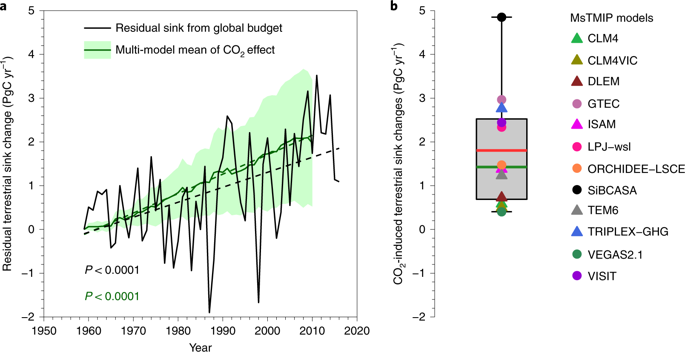
Elevated atmospheric carbon dioxide concentration increases land carbon sink , partially offsetting carbon dioxide emissions from human activities such as fossil fuel , cement production , and land-use change .This process is known as carbon dioxide fertilization , playing a key role in climate change mitigation and sustainable development of human society .
 2019-09-03
2019-09-03
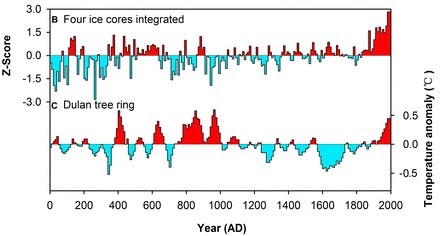
Unprecedented warming is taking place at the Third Pole , the high-mountain region centered on the Tibetan Plateau that includes numerous glaciers and lakes .Chinese Academy of Sciences and National Natural Science Foundation of China . ( Reported by XIA Cuihui ) ? Full-text available at https : / / journals . ametsoc . org/doi / 10.1175 / BAMS-D - 17-0057 . 1 ?.
 2019-08-26
2019-08-26
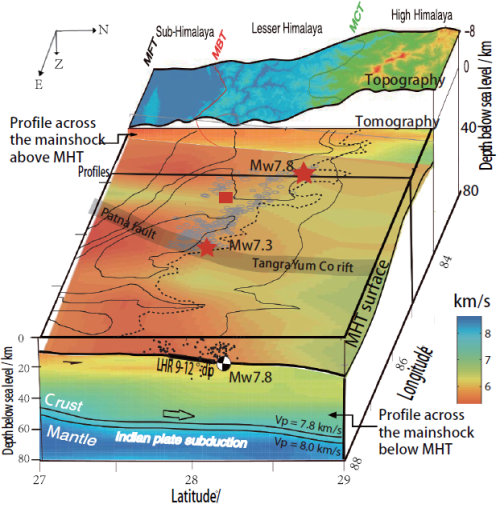
The Himalayan orogenic belt produces frequent large earthquakes that impact population centers for a distance of over 2500 km ." was published in Science Advances . The velocity model showing a map view of the MHT and a cross-section passing through the Gorkha earthquake ( Image by BAI Ling ).
 2019-06-27
2019-06-27
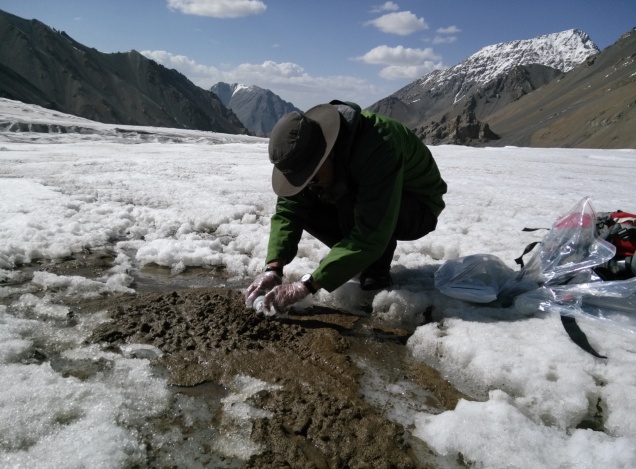
Cryoconite , or dark-colored biogenic surface dust found on the glacier surface during the intensive melting season ( Fig .Further studies are needed to better and fully understand the implications of cryoconite Hg for biogeochemical Hg cycling in the regional and global cryosphere . ( Reported by HUANG Jie ) Fig . 1 Dark-colored cryoconite granules on glacier surface during the ablation seasonFig . 2 Field sampling of cryoconite on the glacier surfaceDr .: / / pubs . acs . org/doi/full / 10.1021 / acs . est . 8b06575 ?.
 2019-06-21
2019-06-21
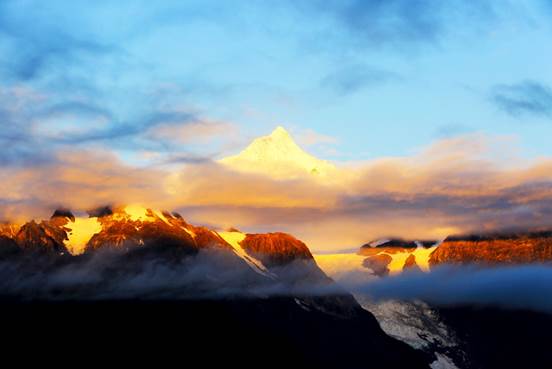
Persistent toxic substances released by industry and agriculture , or persistent organic pollutants ( POPs ) in South Asia have been travelling across the ridges and valleys of the Himalayas to reach the Tibetan Plateau .The researchers developed a model to simulate the transport processes of POPs along river valleys and mountain slopes of the Himalayas . The model reveals that more than 90% of POPs are trapped along the slopes of the Himalayas due to rainfall scavenging and gas deposition to surface ground .
 2019-06-06
2019-06-06
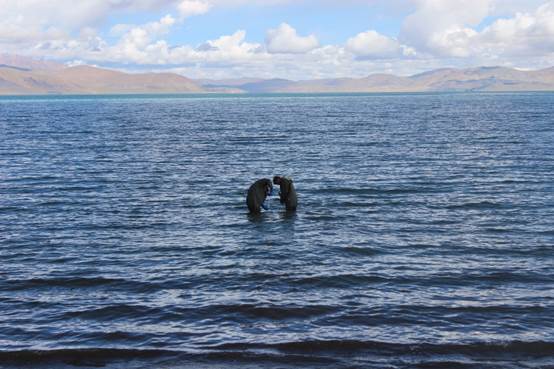
El – Southern Oscillation ( ENSO for short ) may explain why the lakes over the Tibetan Plateau dramatically shrank and then expanded between 2013 and 2017 , according to a latest study by scientists from the Institute of Tibetan Plateau Research .
 2019-06-06
2019-06-06